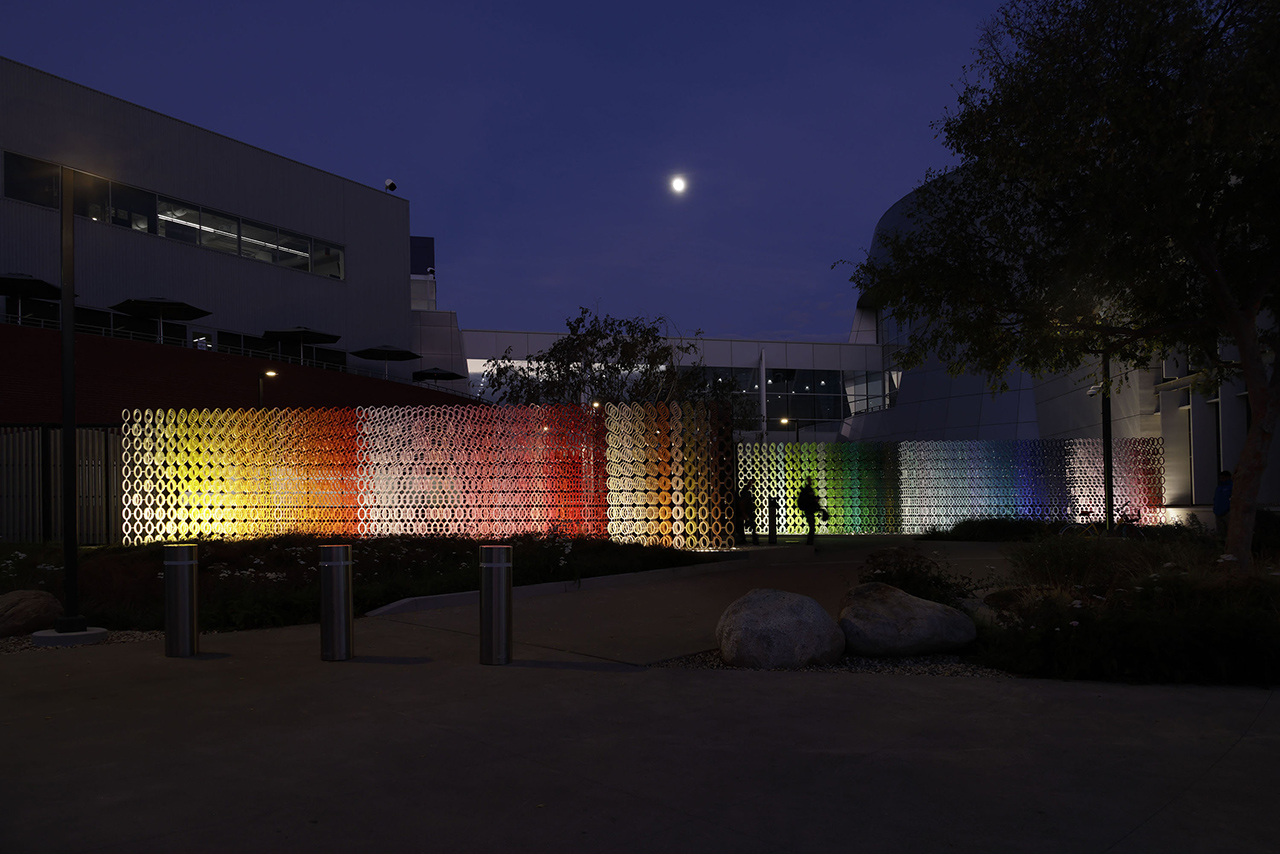Restaurant interiors are tasked with setting the table, so to speak, for a dining ritual that complements the cuisine as much as the chef’s ambition. But the über-stylish, effortlessly chic Swedish restaurant, Persona, in the covetable Stockholm neighborhood of Östermalm, moves the needle on dining culture in a digital age where people are increasingly isolated and often more concerned with relishing in social media likes than savoring their meal. Its multi-course approach, an enchanting experience conjured by founders chef Louis Cespedes and sommelier Jonatan Nyström, is potentiated by Erik Bratsberg’s design sensibilities – proving there’s something to the power of three.
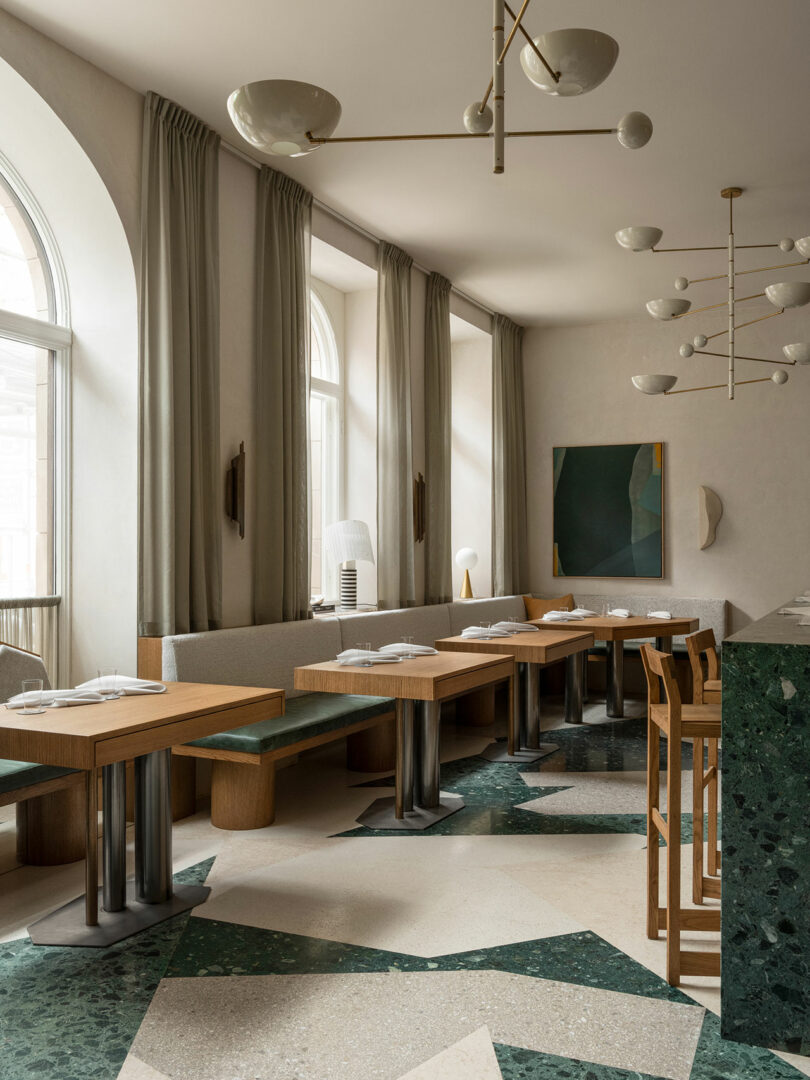

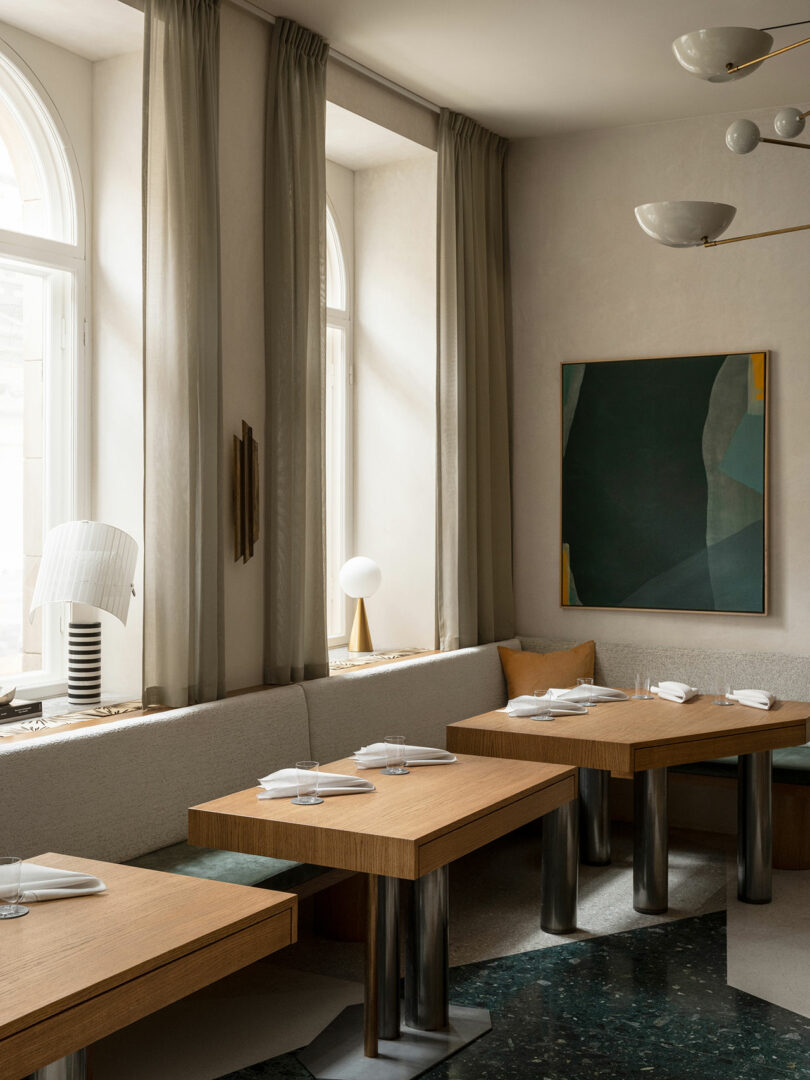
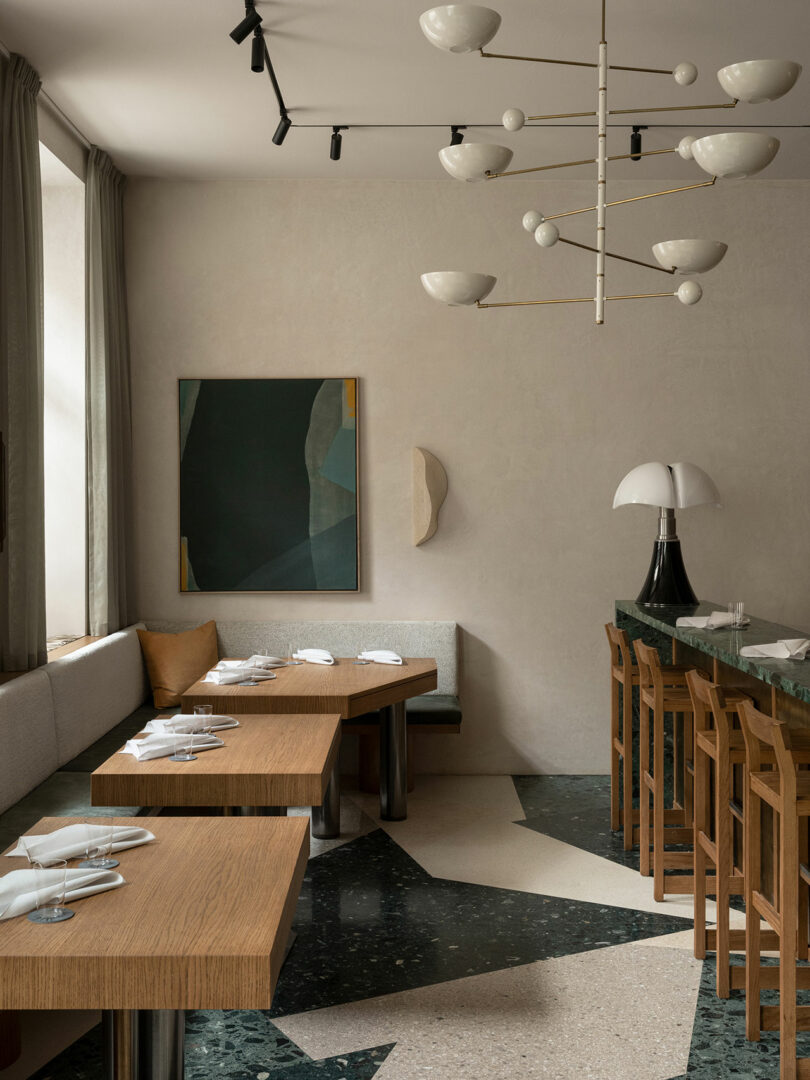
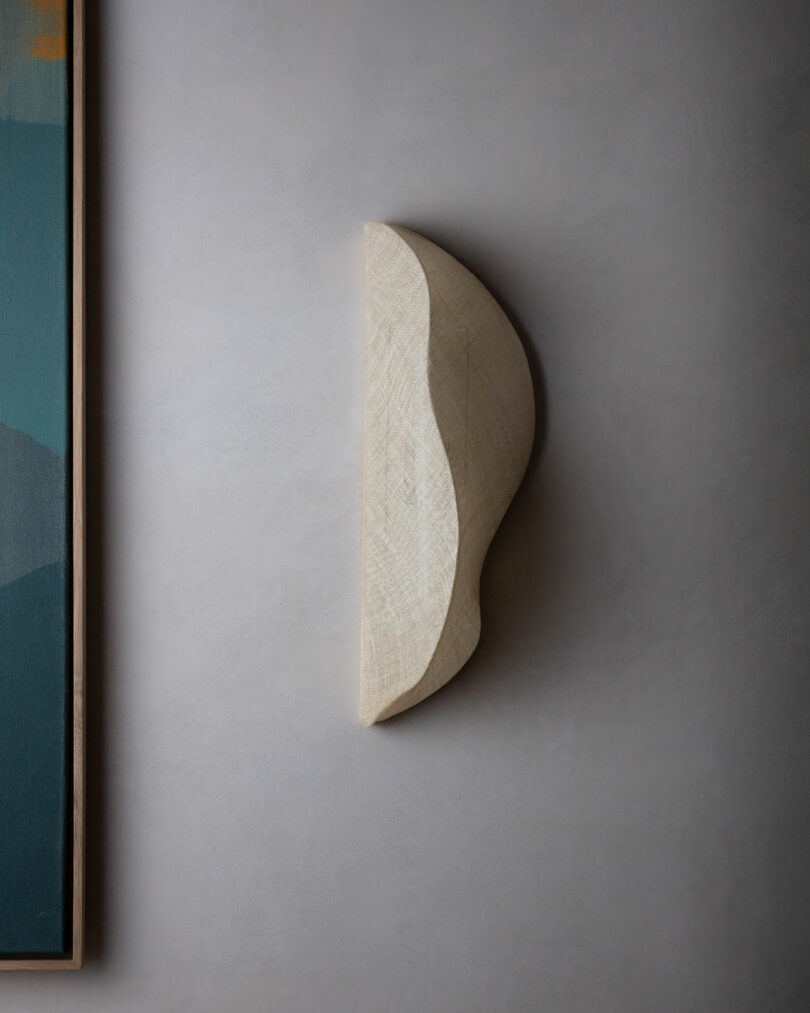
It is said that good design goes unnoticed, and that may be so for Persona’s roughly 1,300 square feet of quiet luxury spread between a lounge and a dining room, which share sight lines through the open cold kitchen. Spaces most appreciated by those with discerning taste, every exciting element lends body and depth to a bold visual composition all the while made palatable by their slow digestion with each plating.
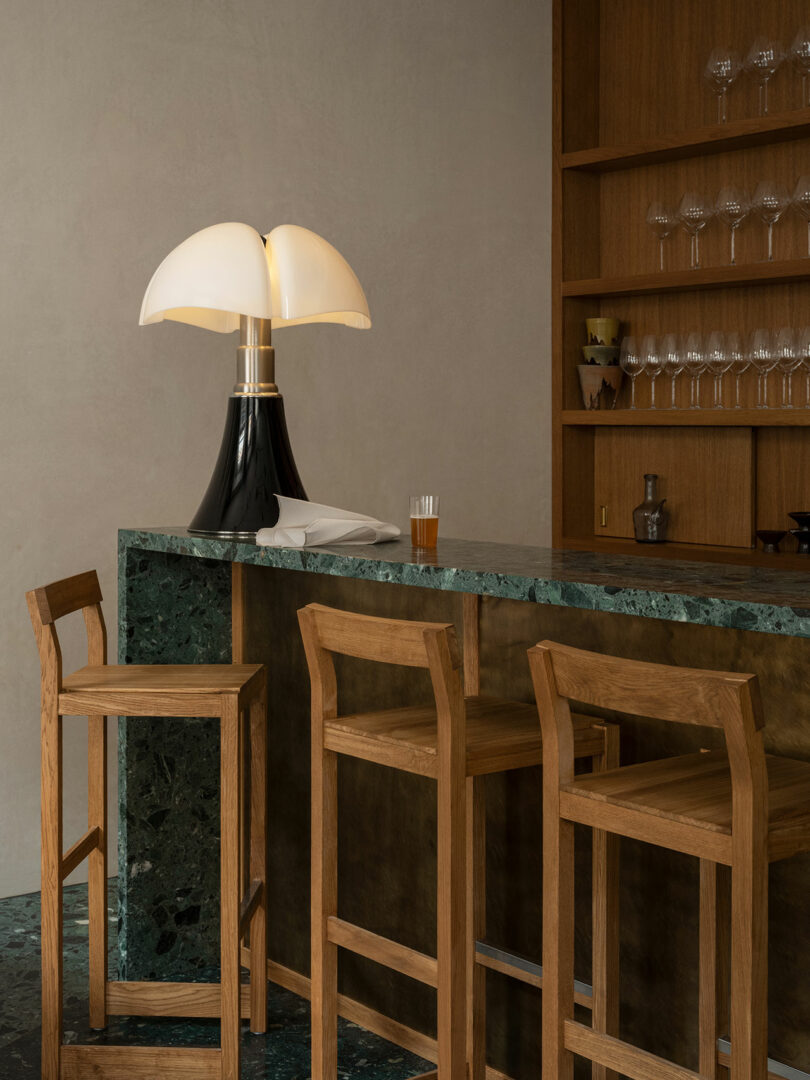
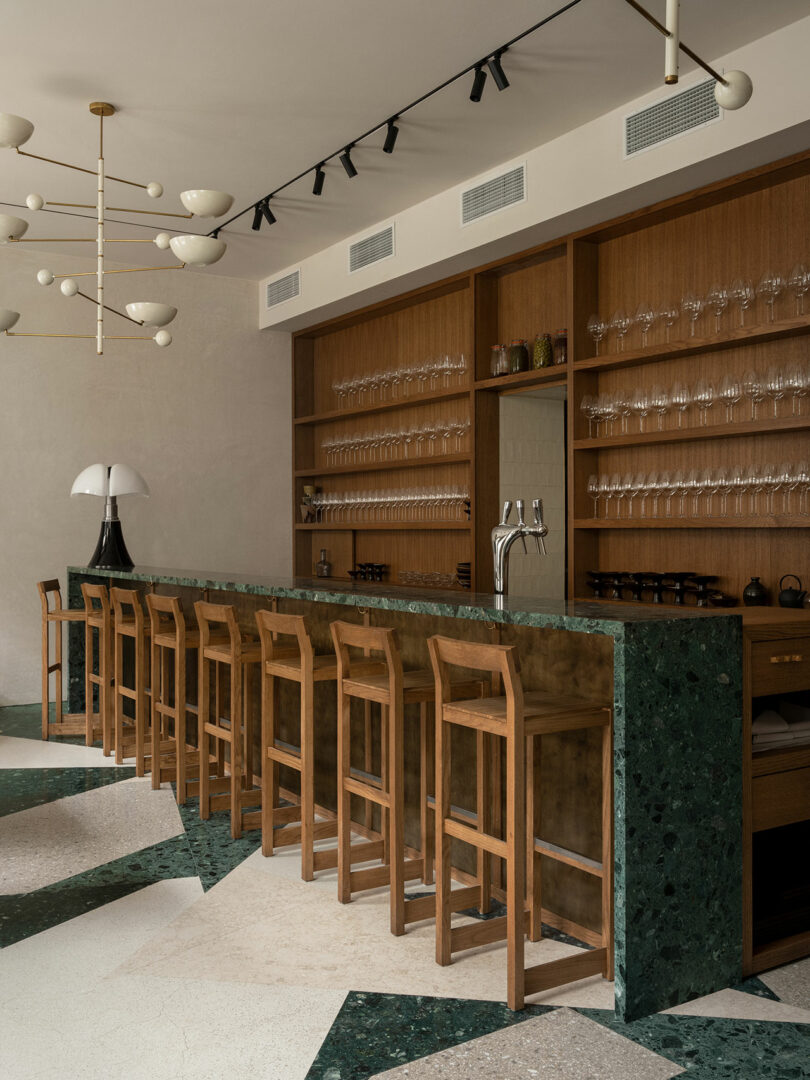
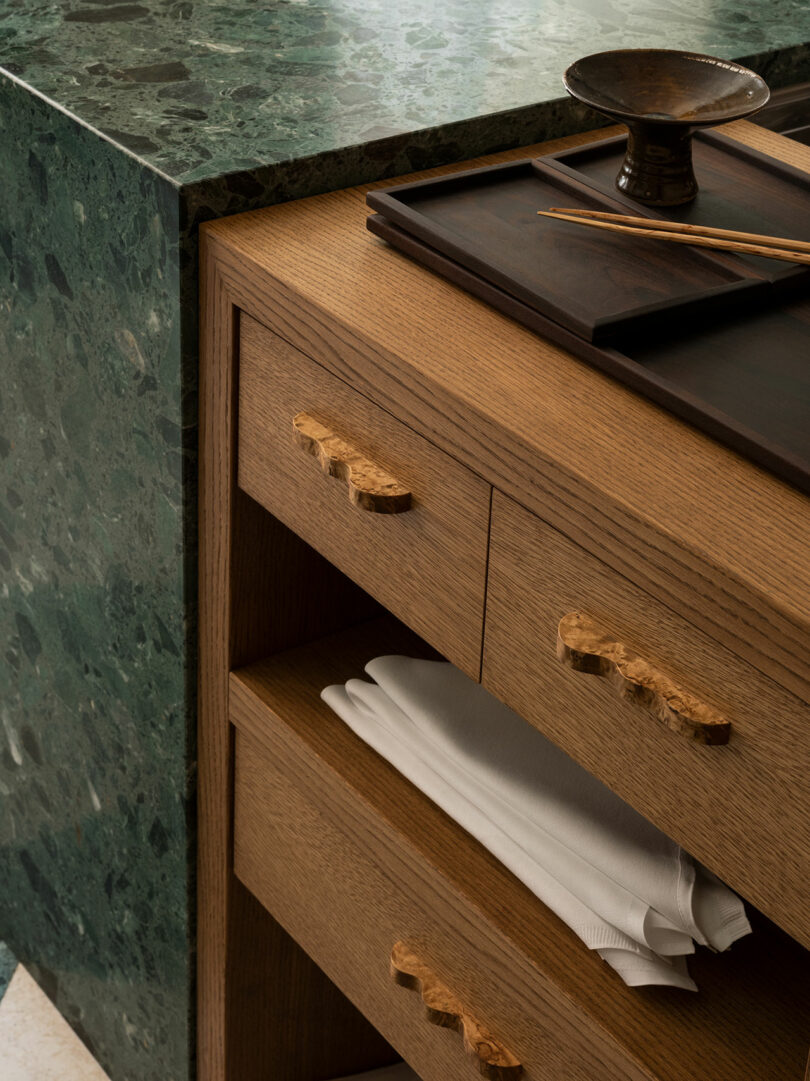
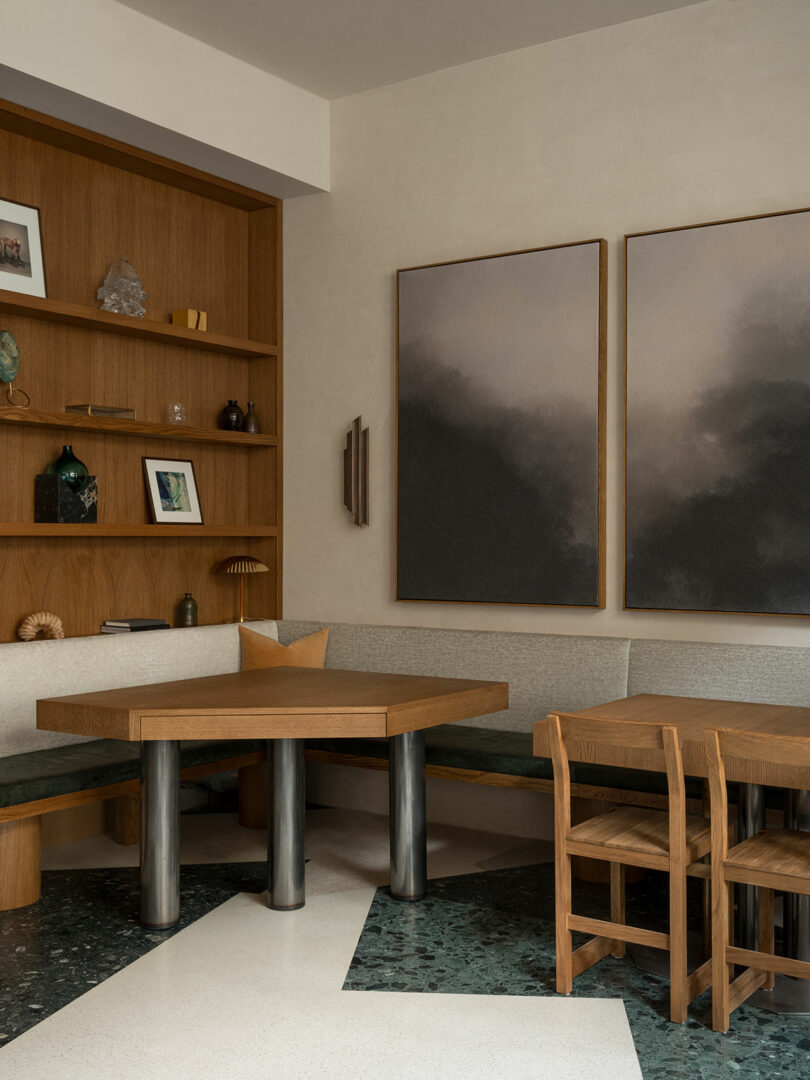
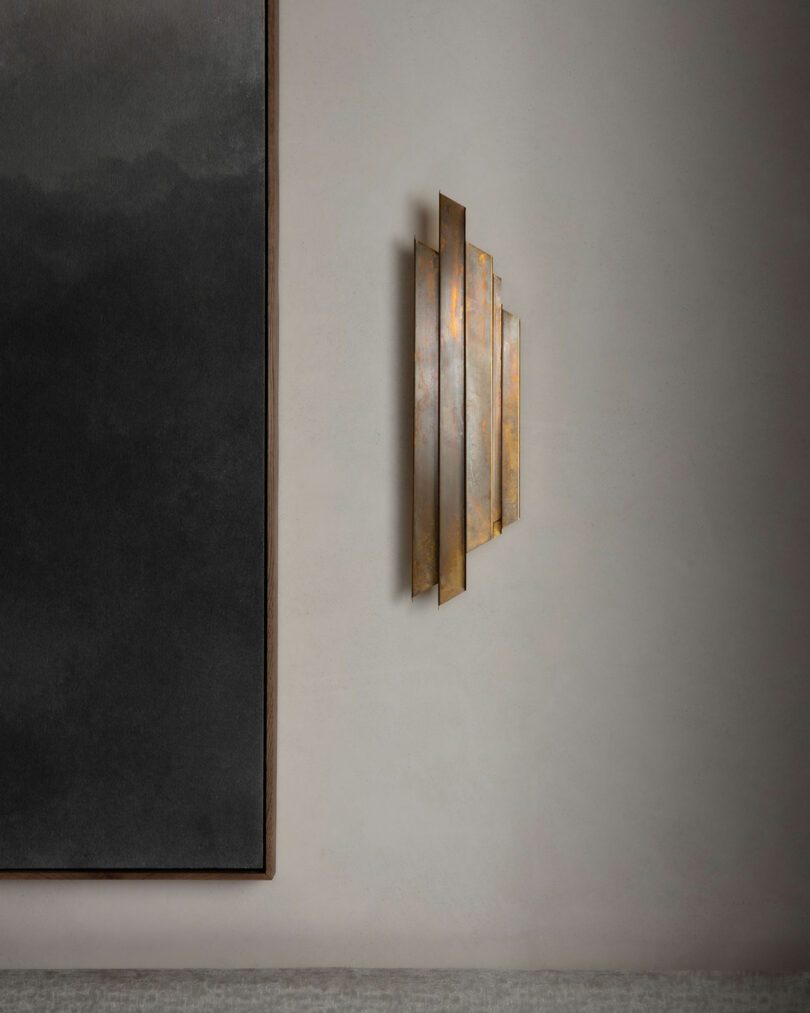
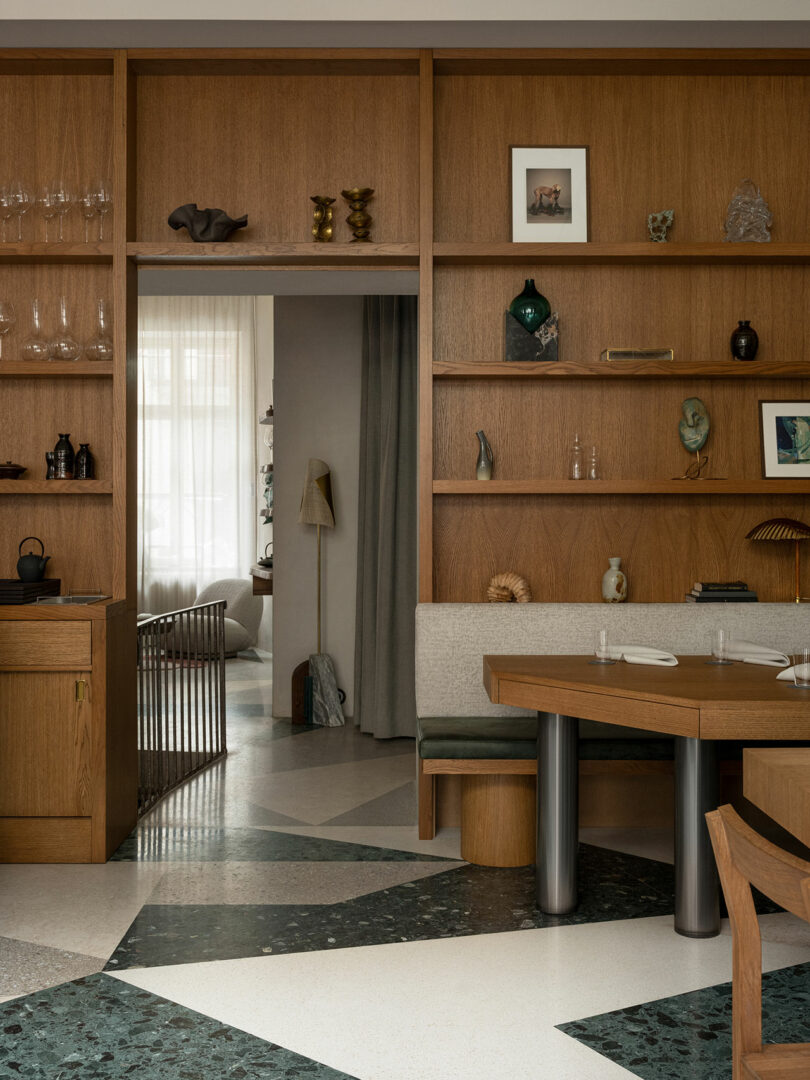
Trading spectacle for atmosphere, all are welcomed into a dining room filled with banquettes and chairs, bar seating, and a sense of belonging. A rich terrazzo floor – with a hint of Italian flair – mixes neutrals with a multifaceted emerald hue in correspondence with wall-hanging art and geometric lighting fixtures by the designer himself. Straighter, more discrete lines, like those found in the bookcases, offer a place for diners to rest their eyes and discover hidden details between courses. “Entering this beautiful space and then being led to the very homey lounge area is for a lot of guests surprising and very appreciated,” Nyström says. “Elements of surprise are hidden throughout the dining experience – for example the specially made tables that hide a drawer for cutlery and utensils.”
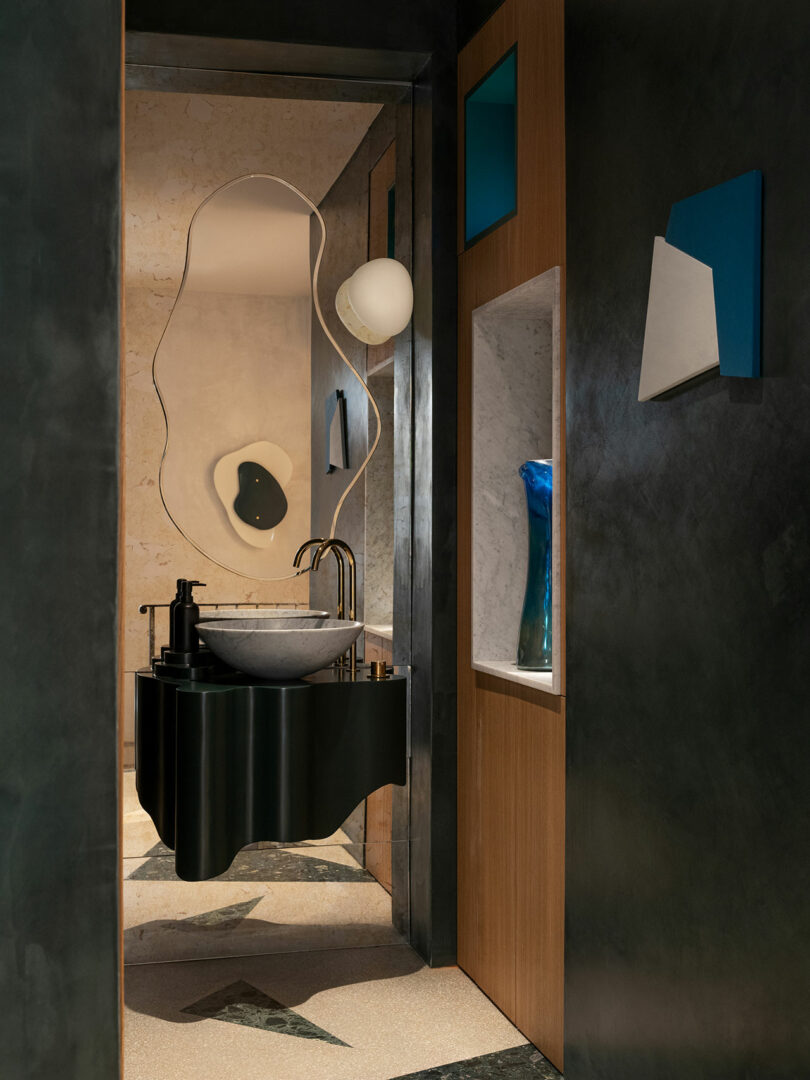
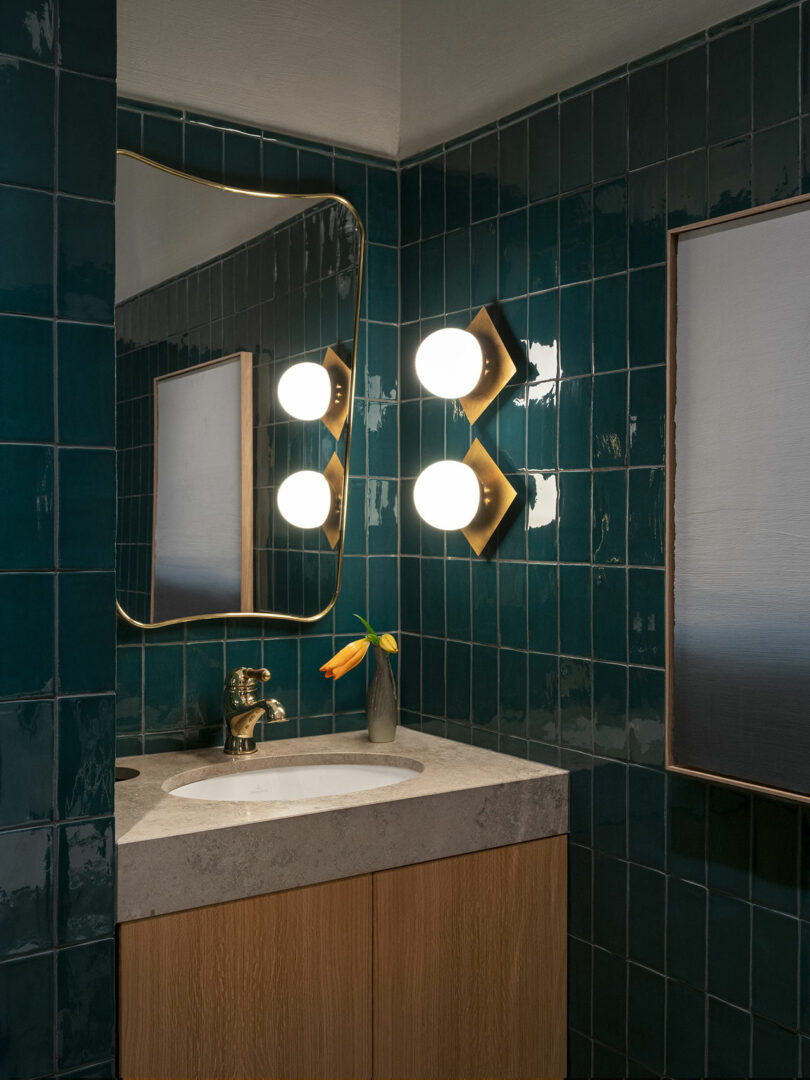
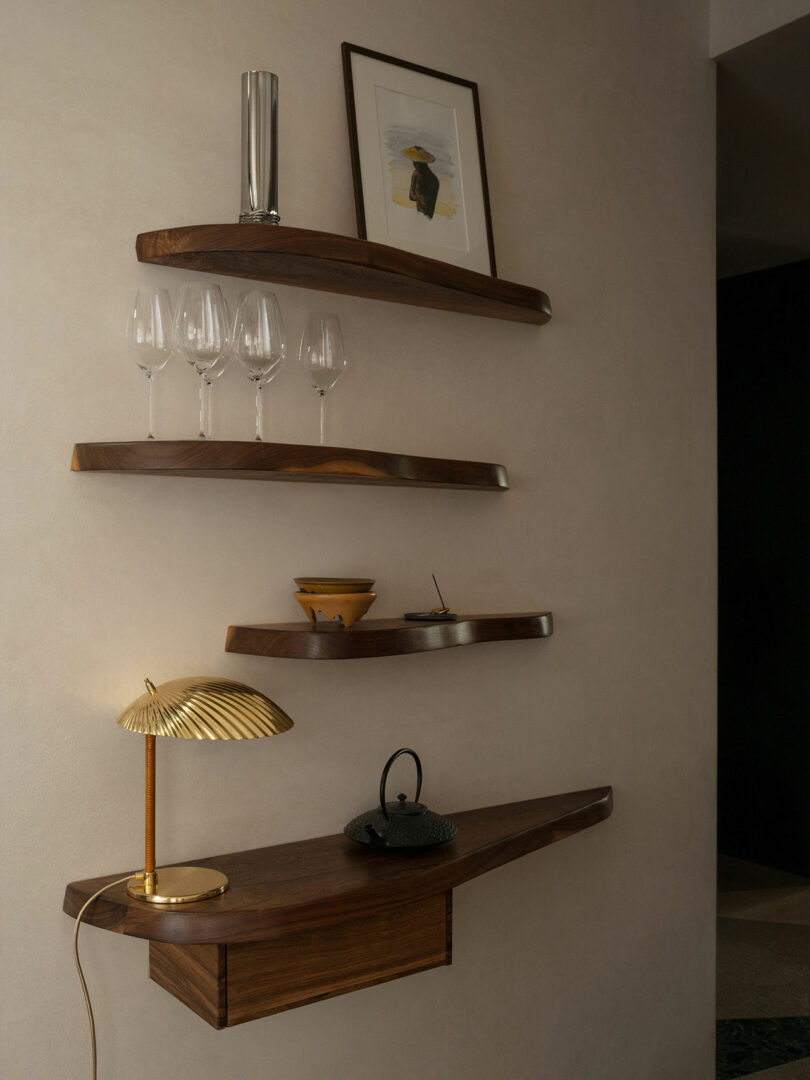

In contrast to dining, the lounge area in the rear showcases objects with rounder, softer shapes on curvilinear shelving. And low, bulbous furniture encourages visitors to take a seat and slough off their woes. Oak and metal furnishings, most of which are also creations by Bratsberg, mix well with warm plaster walls and tactile textiles. Noteworthy still is a decadent powder room as sapid as their domestic sweets.
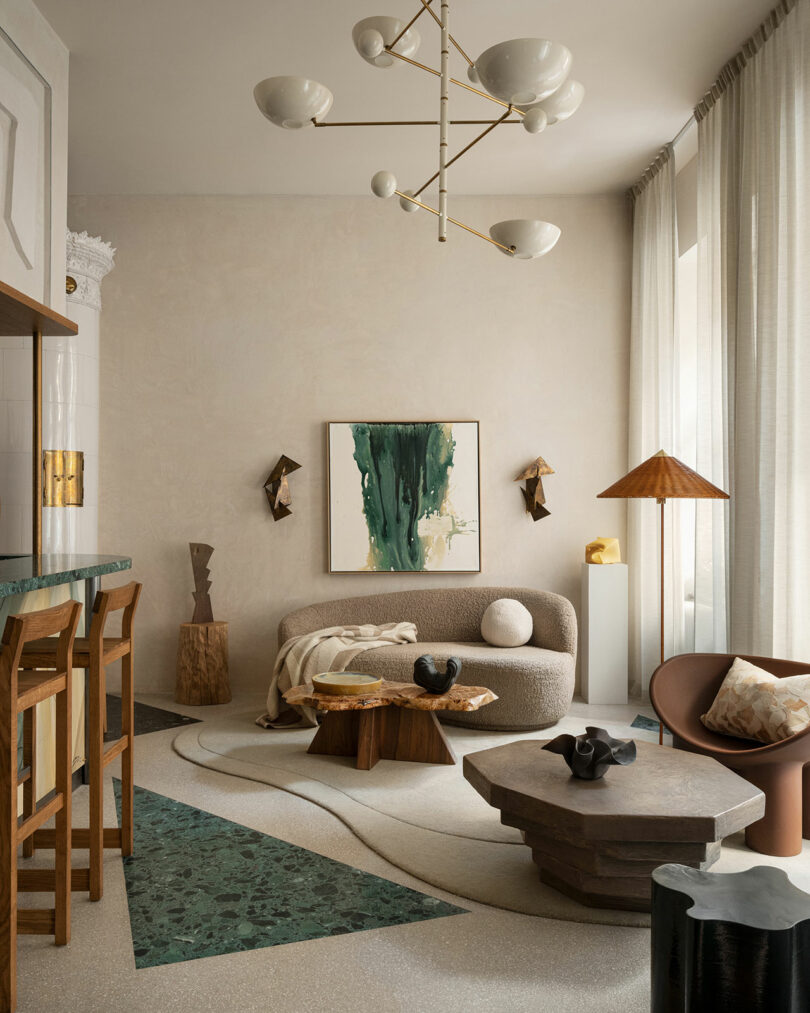

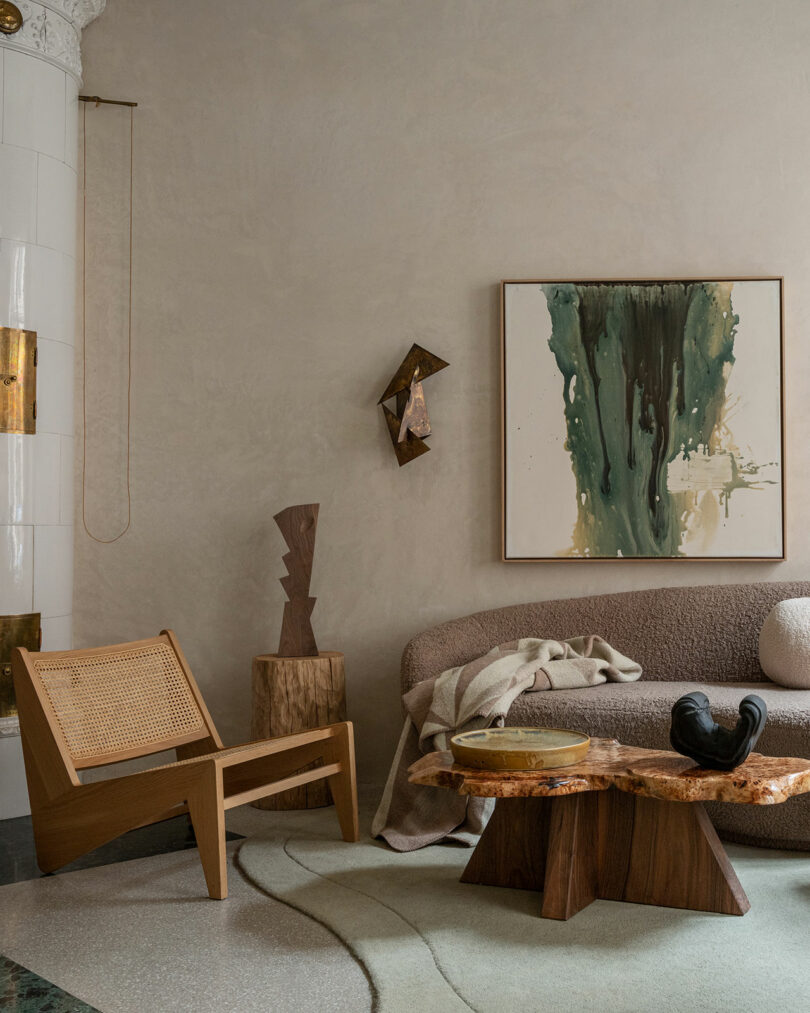
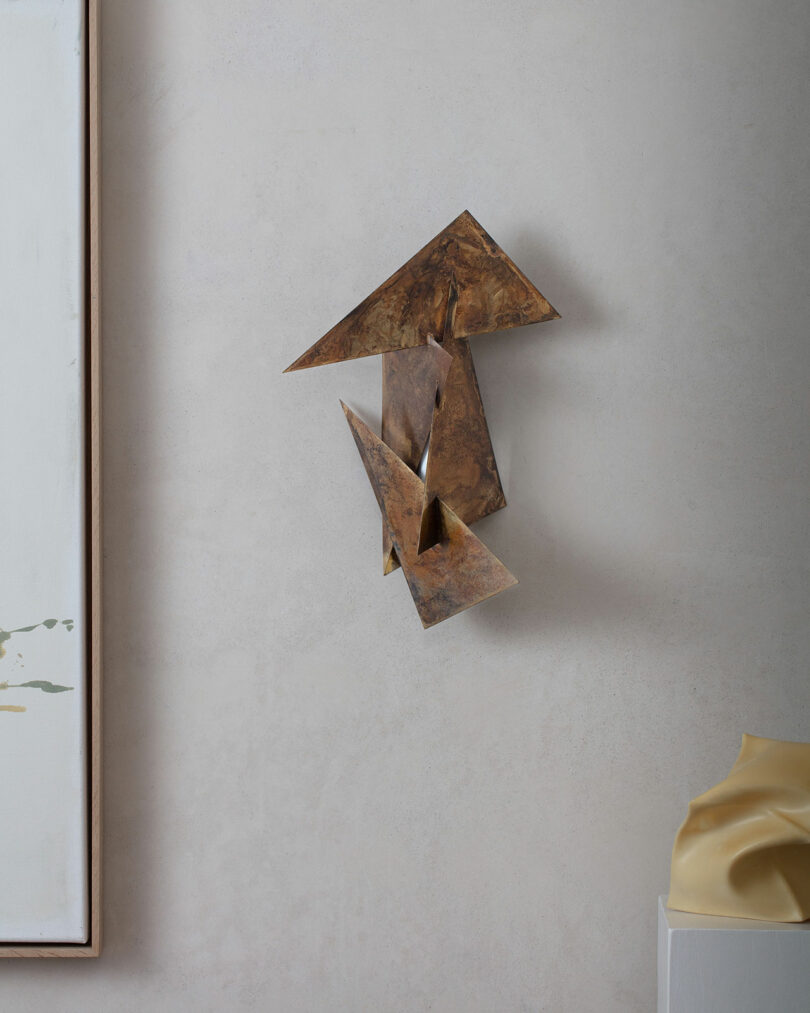
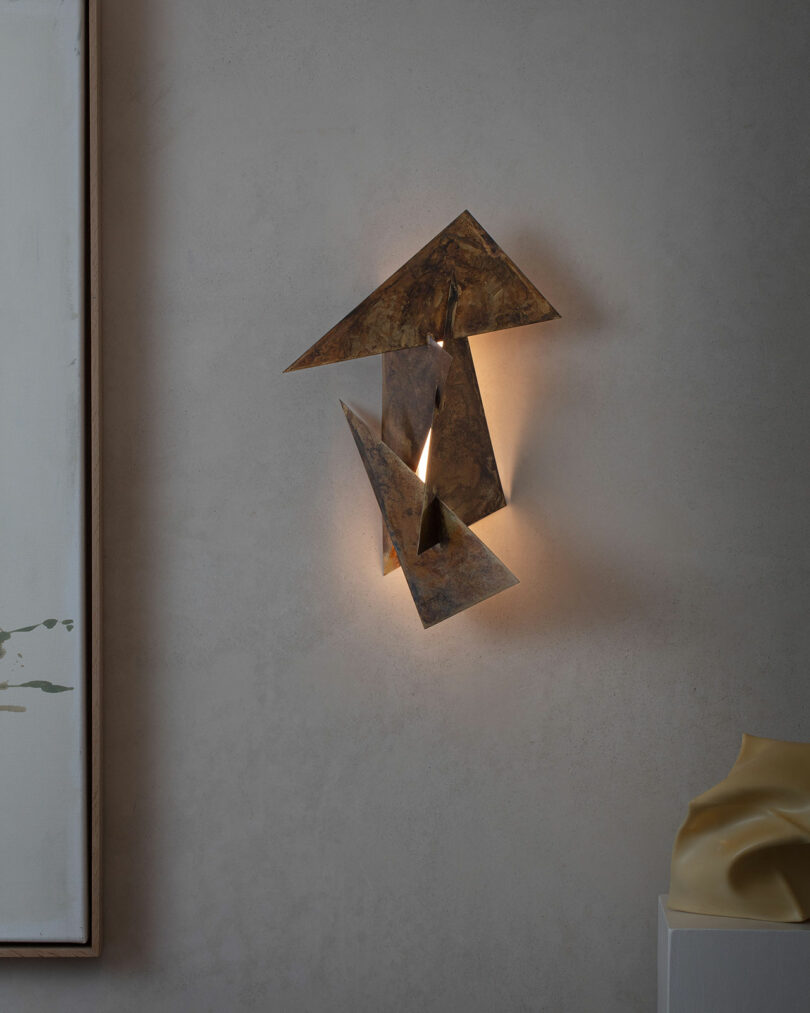
Persona whets the appetite of patrons and collaborators alike for future servings of conscious craft. “Certain details are more recognizable to a broader crowd while others are a bit harder to chew. But when a detail gets noticed and speaks to someone you wouldn’t expect, it’s really something,” Bratsberg says. “It was rewarding seeing the construction crew so inspired by the process that they free-handedly made a shelving system in the basement out of some salvaged marble slabs and steel tubes from the neighboring building site.”
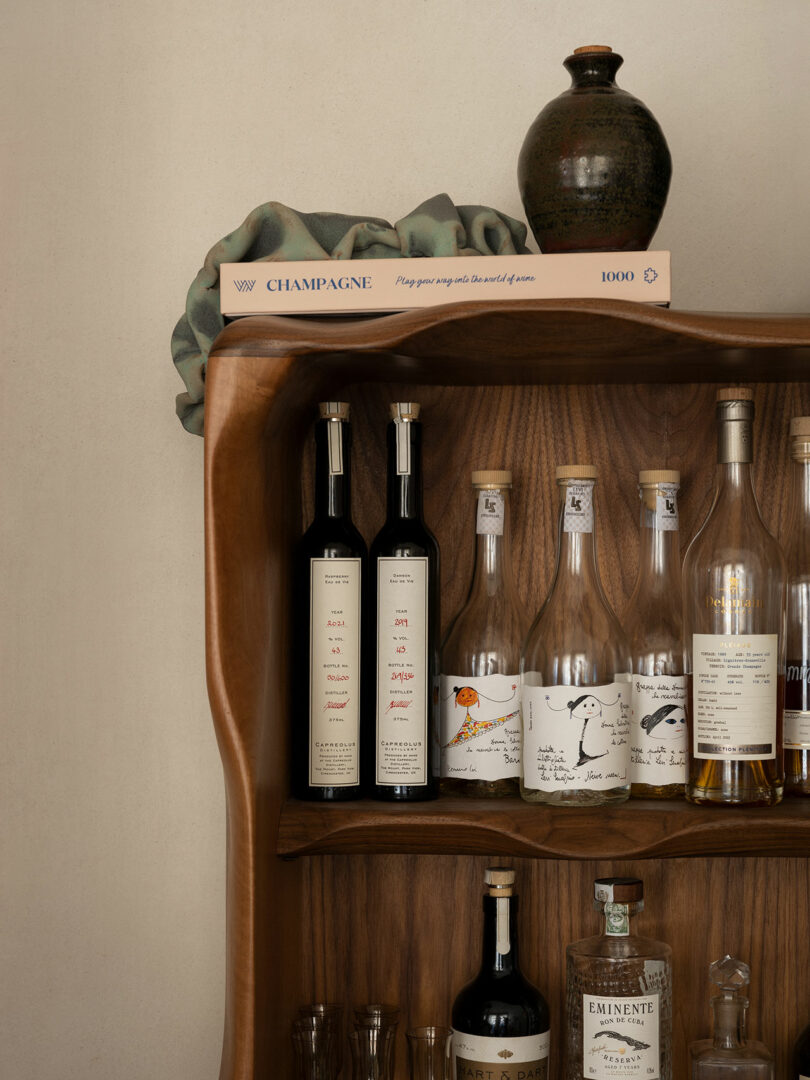
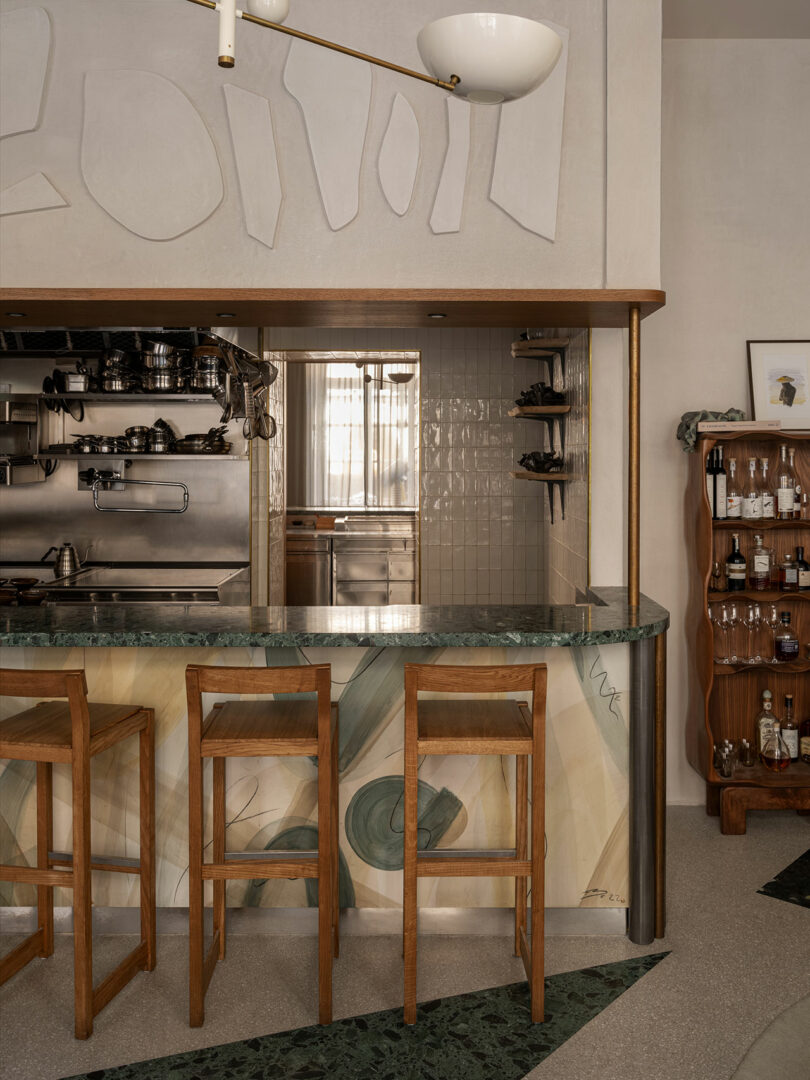
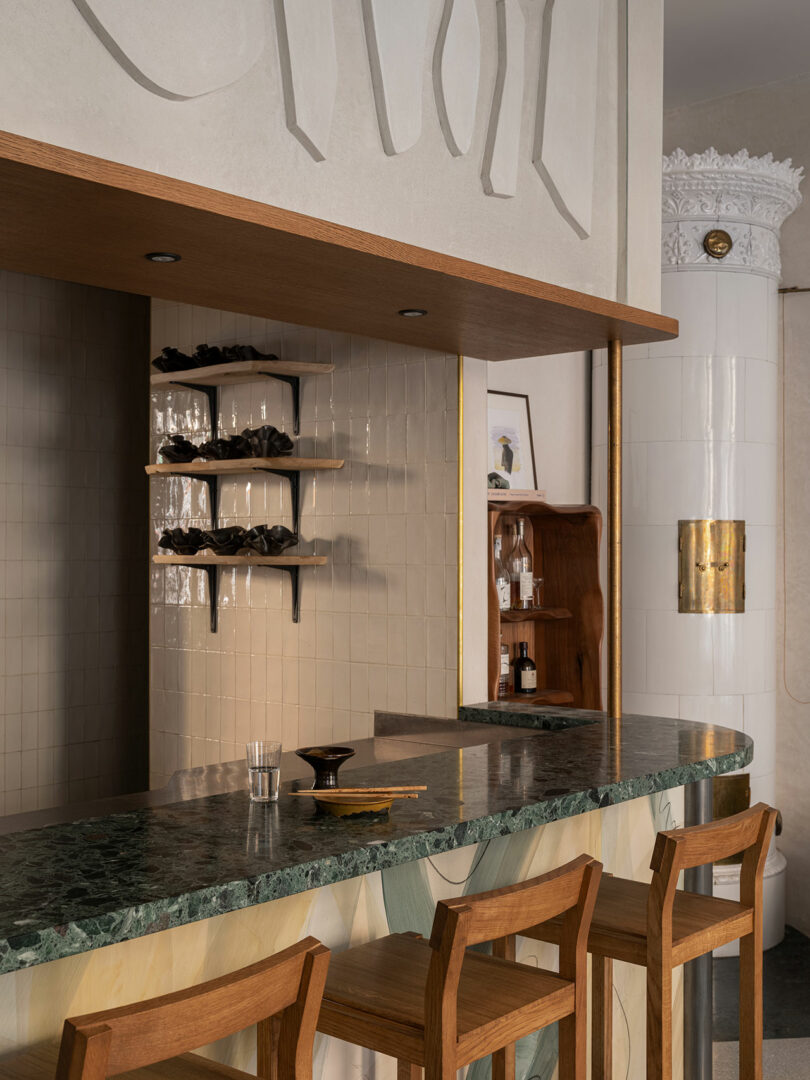
And the inspiration extends beyond the creative community proper. “It’s always such a great feeling to talk to people that have seen the space in other forms – from when it was a sewing utensils store for example, the memories they had with that. The sentimental feeling in combination with awe of the creativity put into the space is fantastic,” adds Nyström. “Some people even revisit to find inspiration for their own interior projects.”

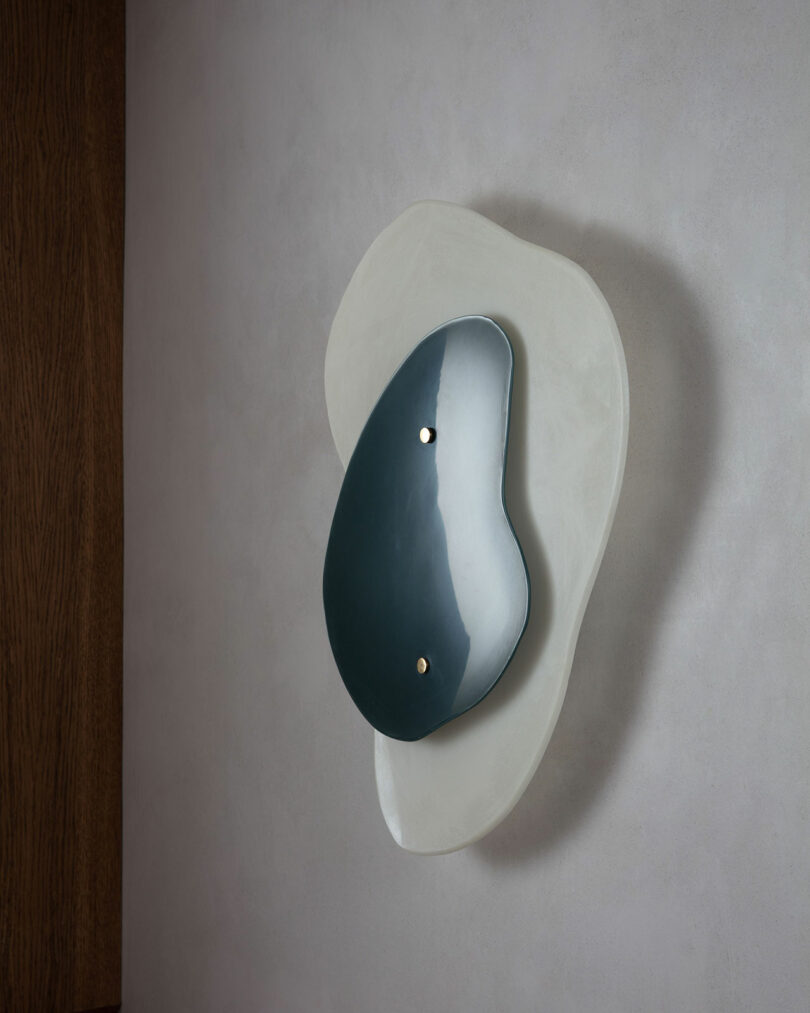

While Scandinavian design has long been part of the global zeitgeist, Swedish artisanal design is at a pivotal stage in its proliferation as younger practitioners tap into new markets in attempts to make a living out of their own unique artistic expression. Still in its infancy, it holds great potential to stand out from its Nordic neighbors. “To me and my practice, this craft movement has meant a lot since my first introduction to these artisans in 2018,” Bratsberg continues. “It was a contributing factor in my decision to resign from my finance career. Being in their workshops I felt a strong urge to also express myself more creatively, using my own hands as my main tool.”
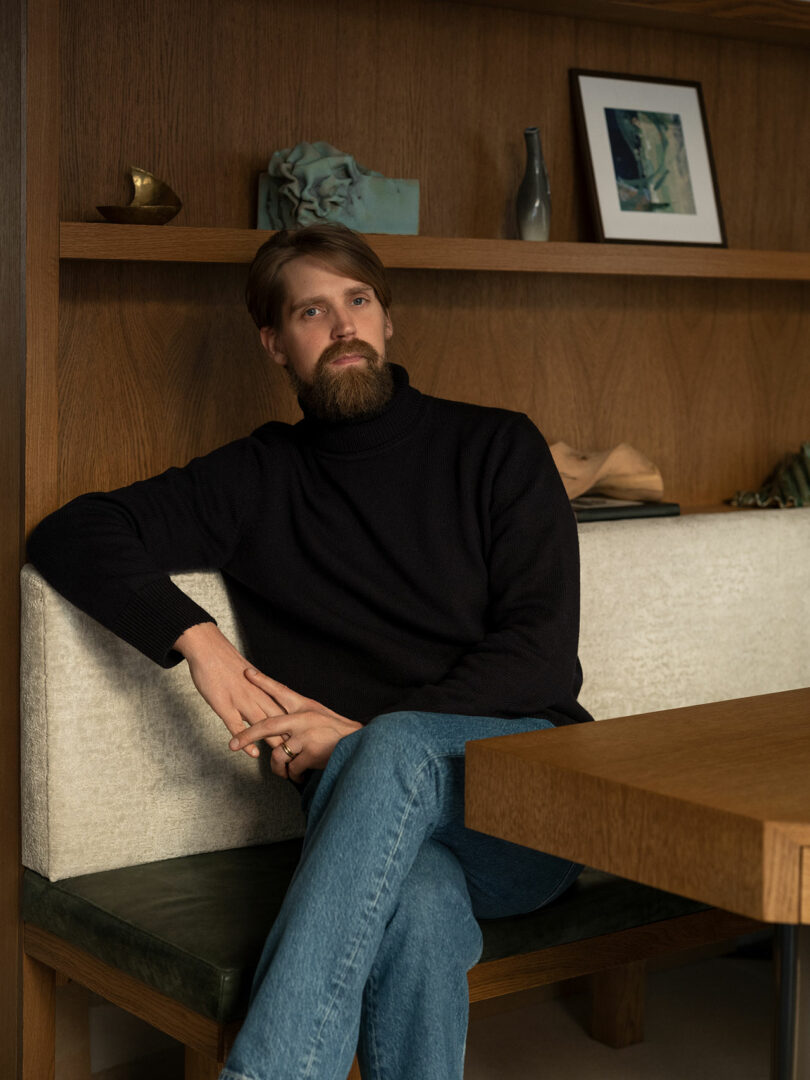
Interior designer Erik Bratsberg
To learn more about Erik Bratsberg’s practice visit ErikBratsberg.se.
Photography by Erik Lefvander.





